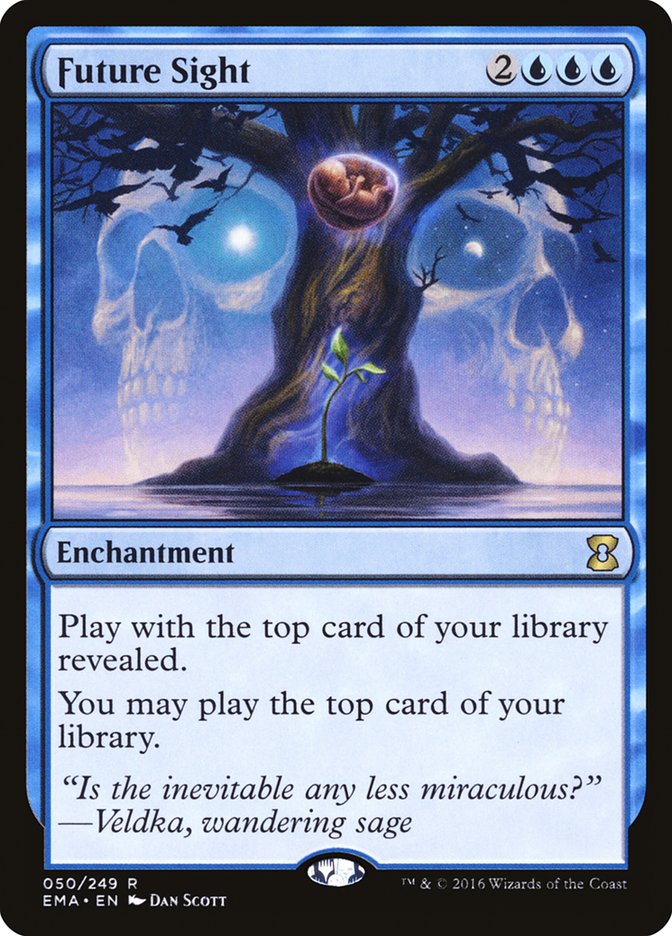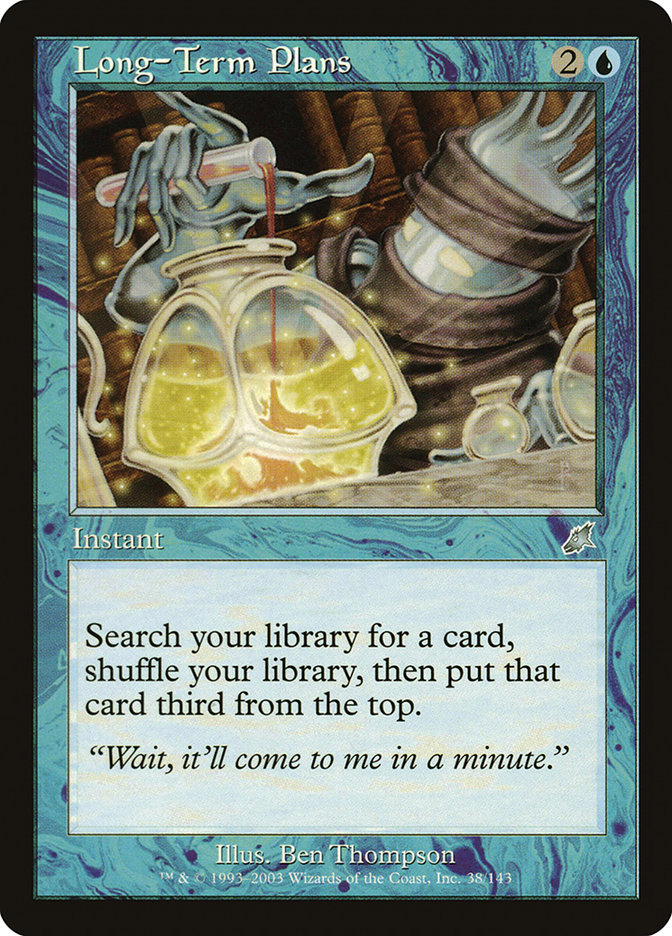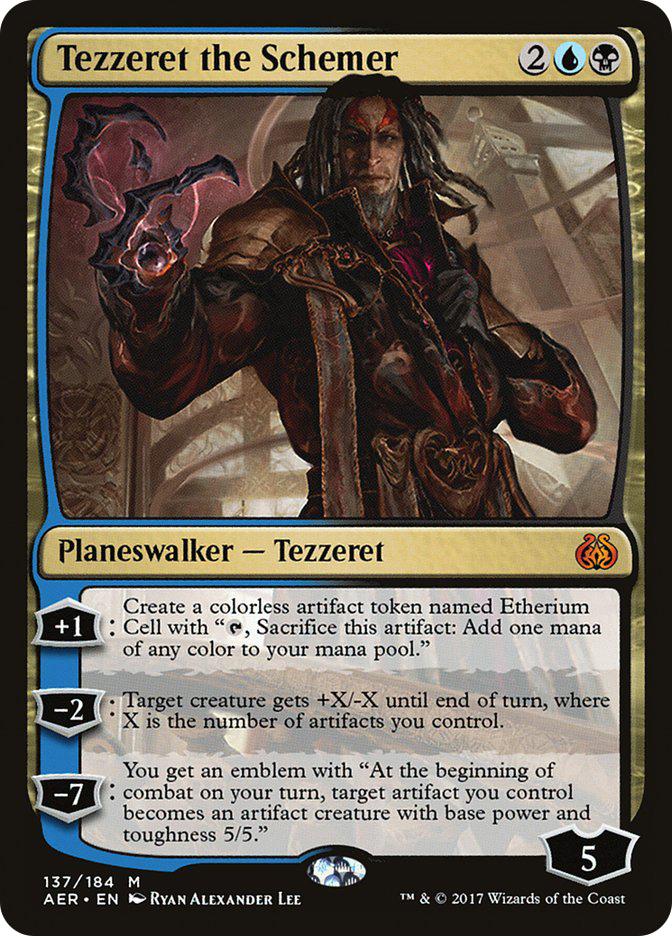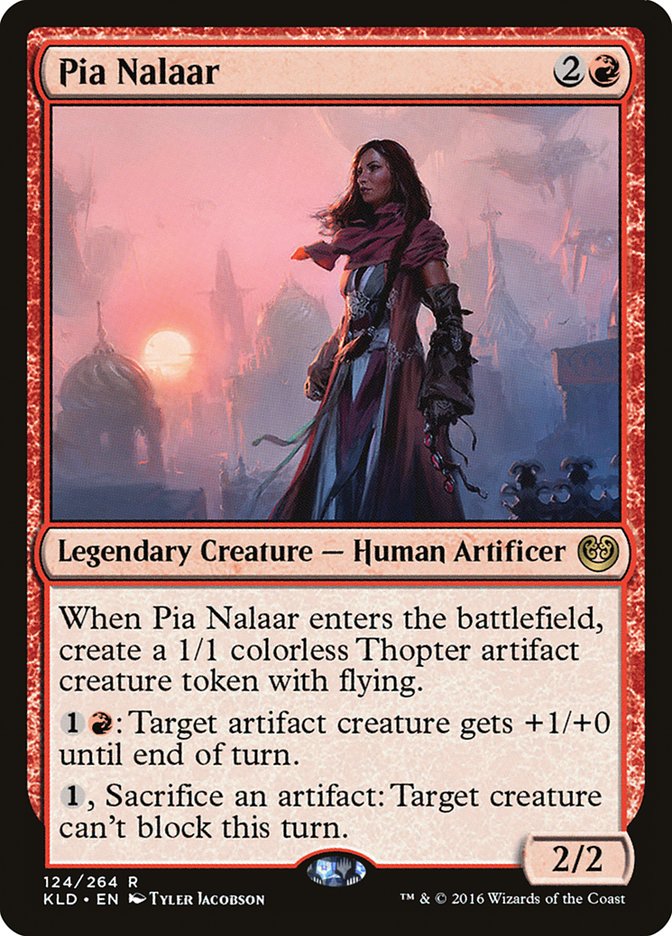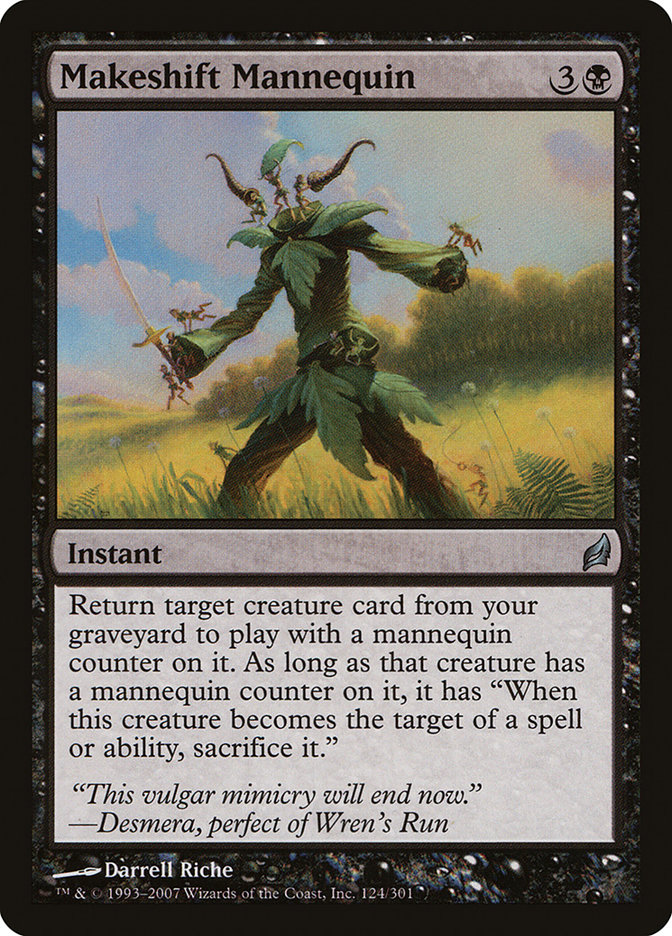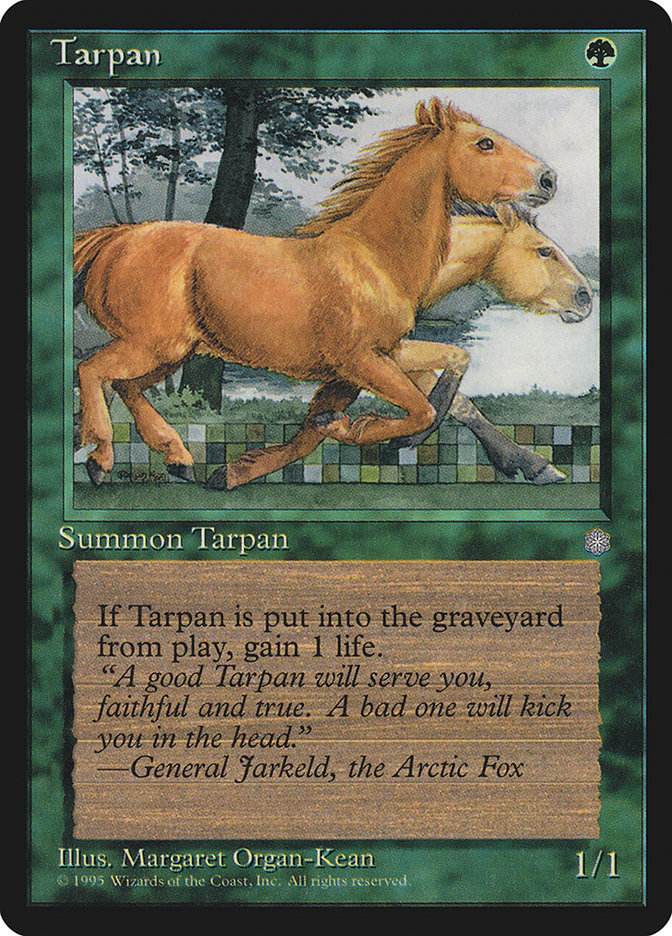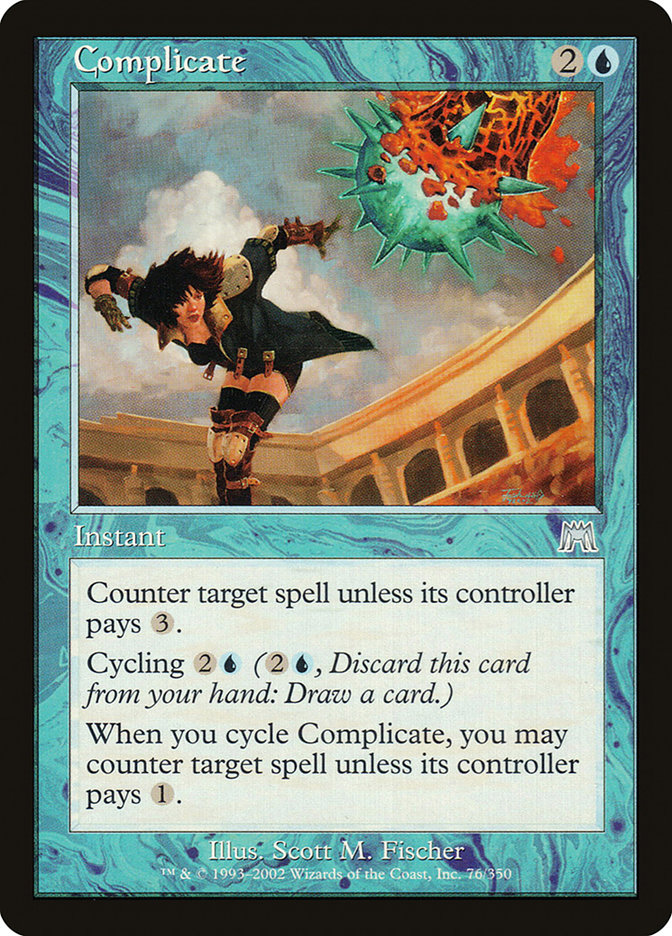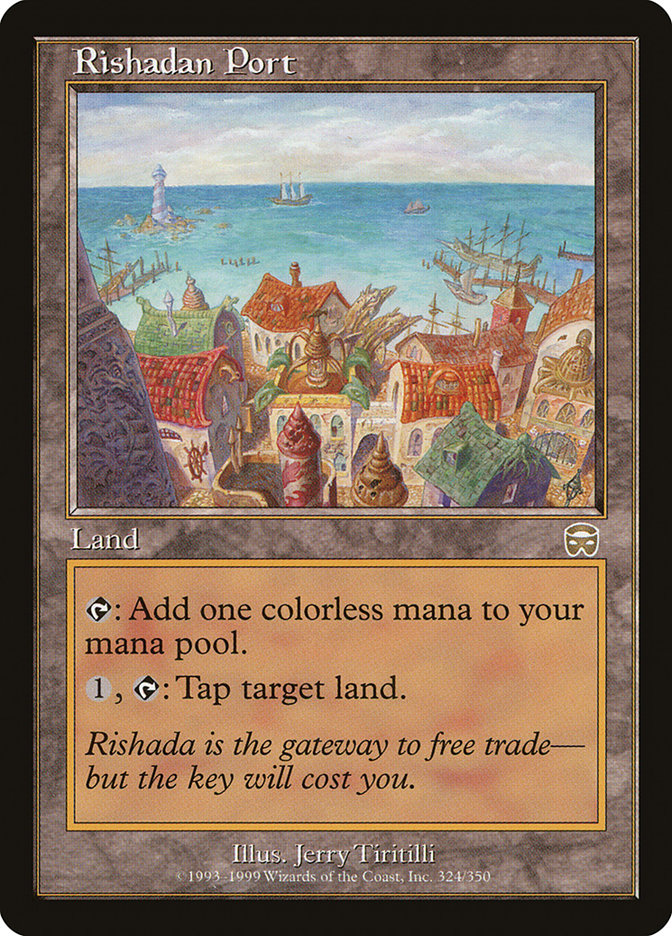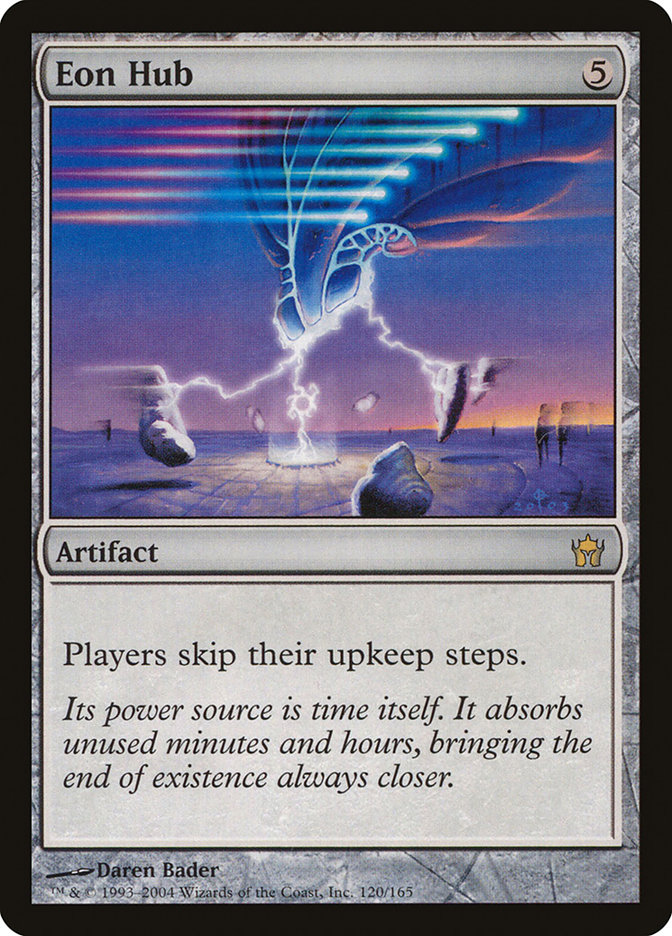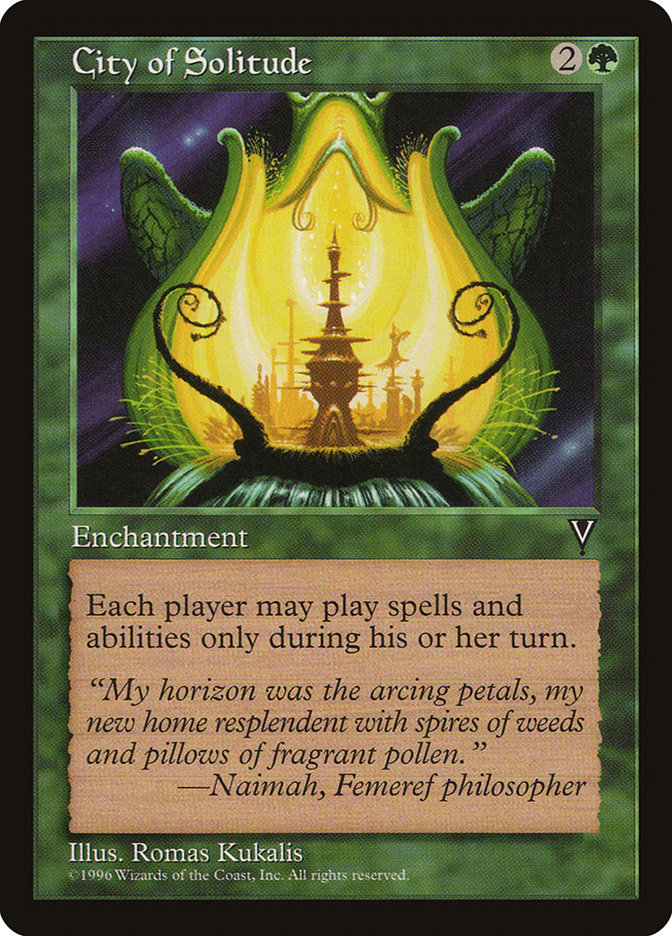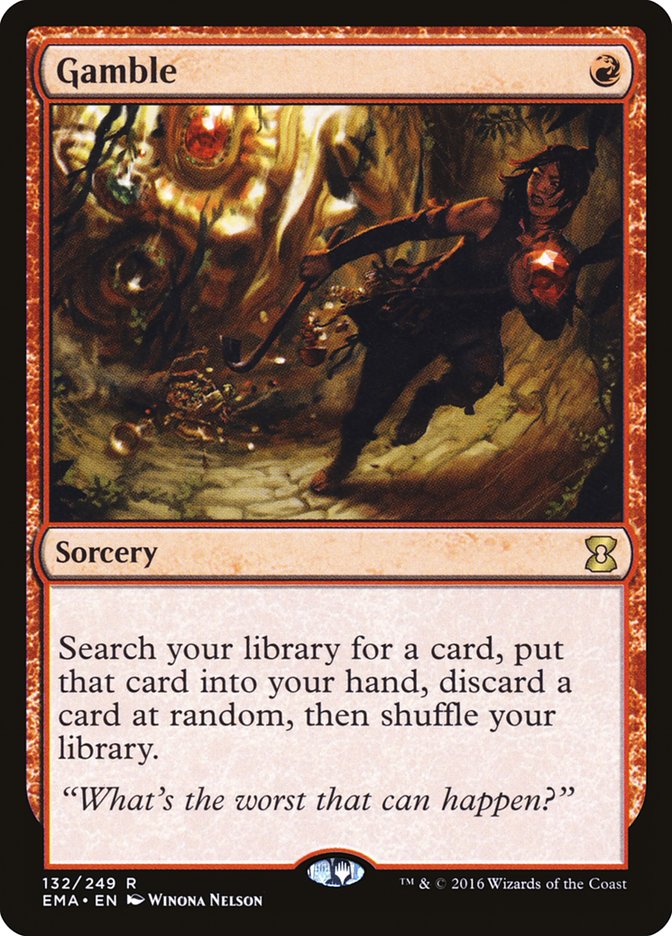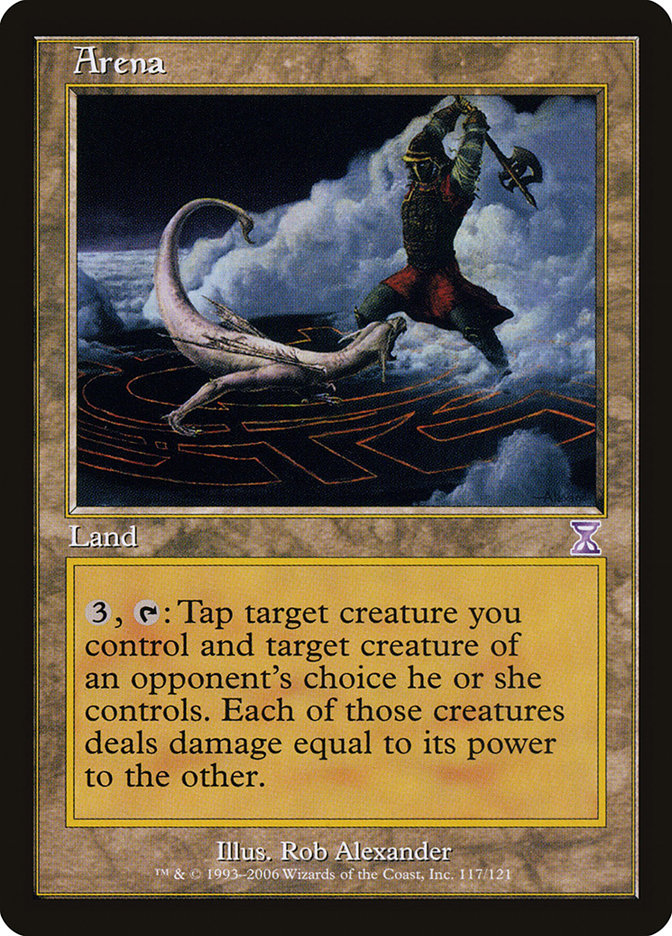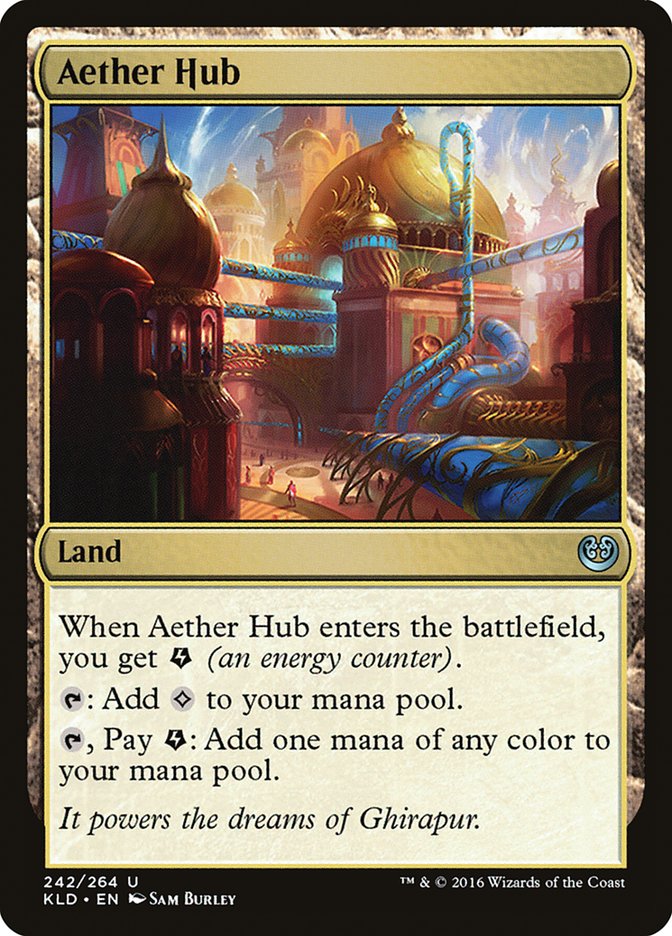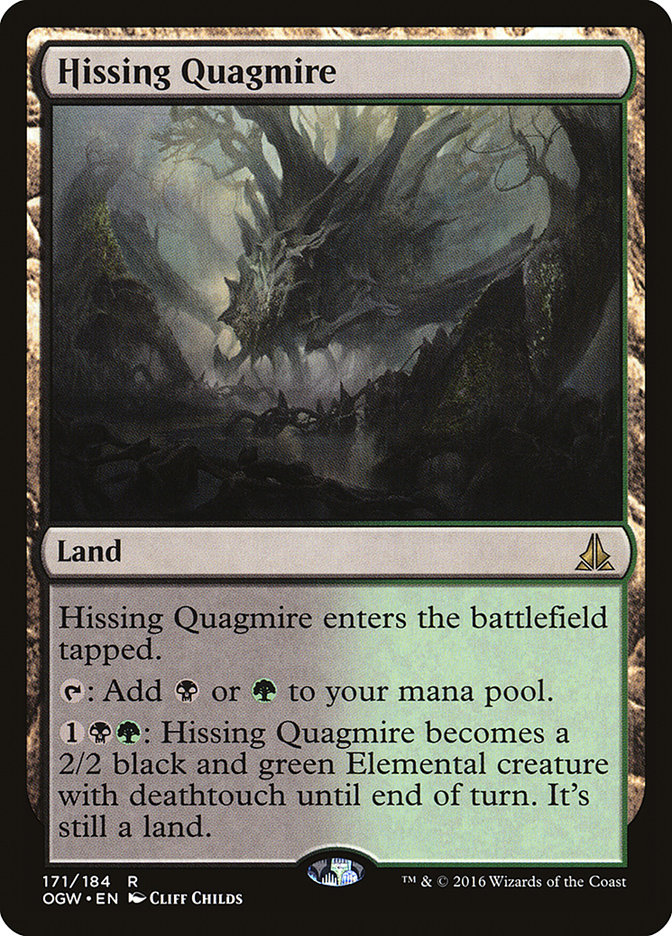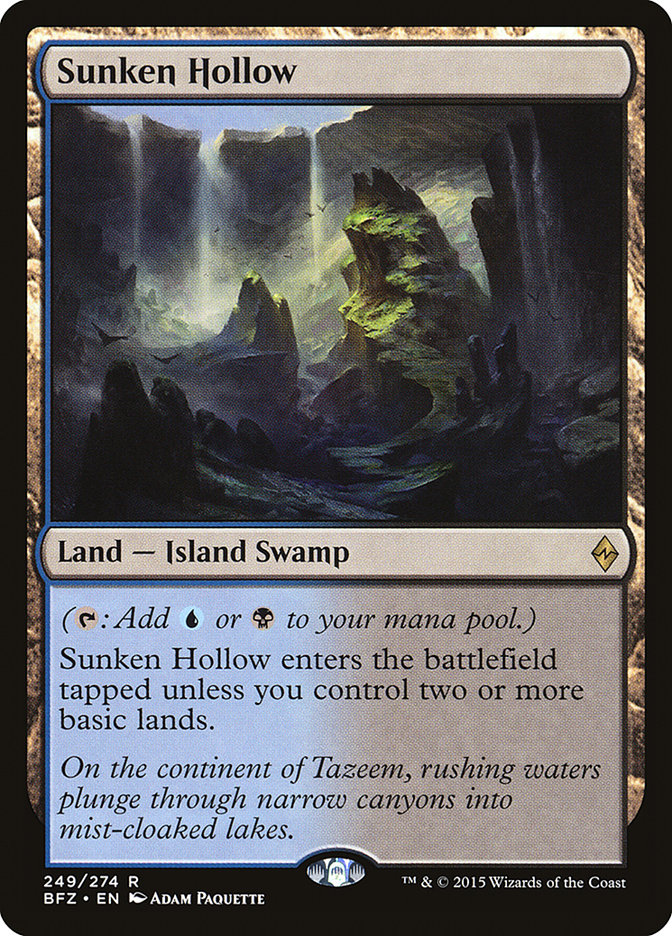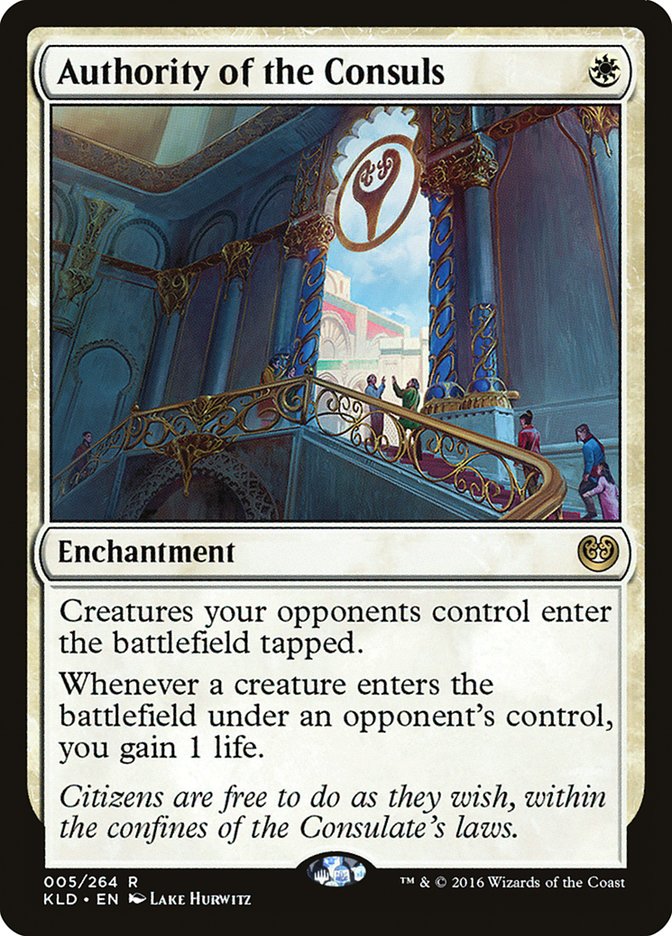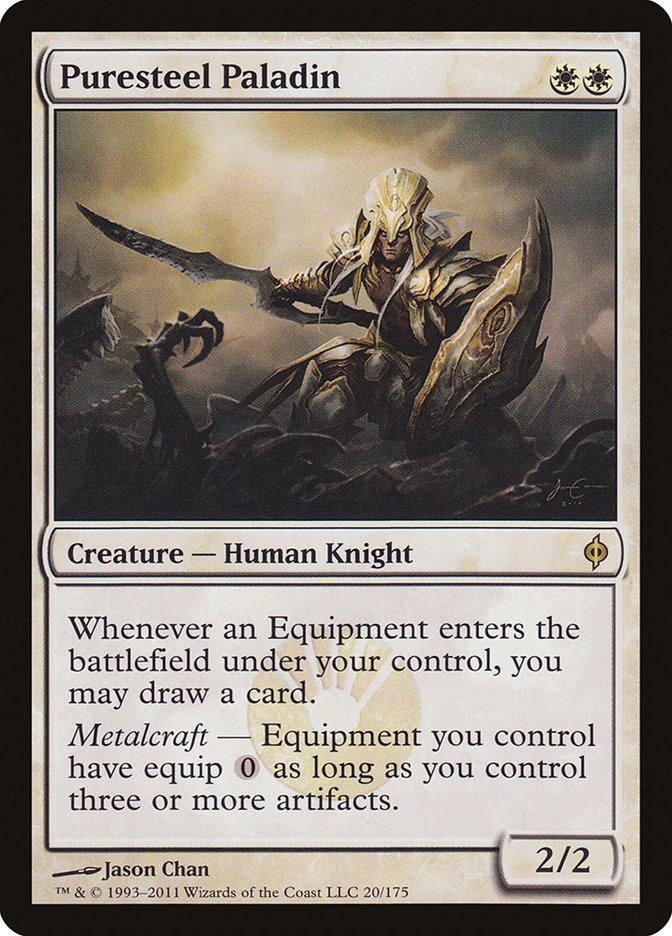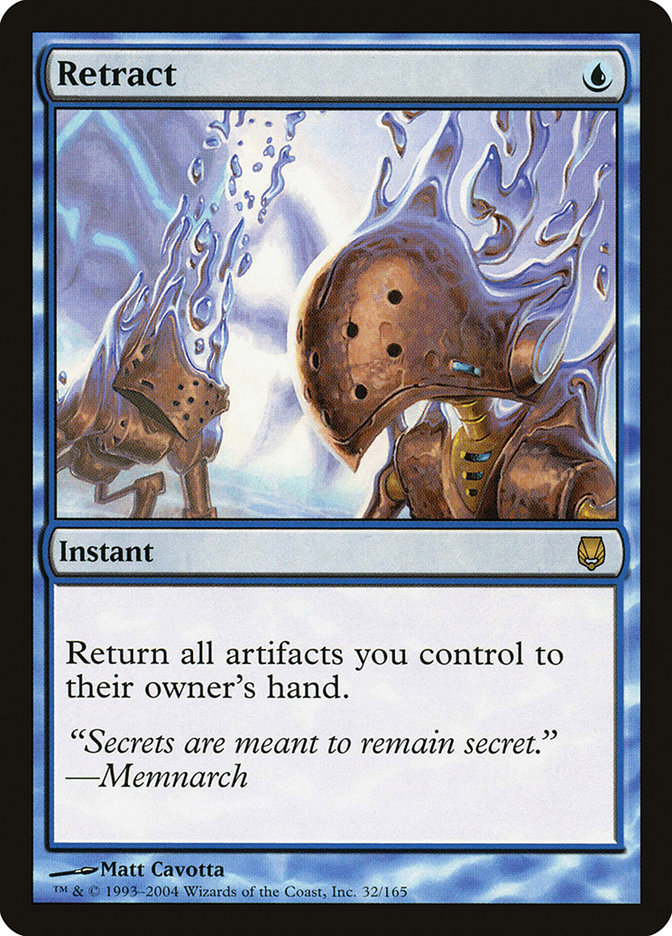My wife was playing casual Magic long before she knew me. In the years since we met, she’s become an avid Commander brewer and a very good drafter. She might never make the Pro Tour (the two of us have this in common), but she can 3-0 an FNM pod without breaking a sweat.
Magic may be her favorite game, but she spends all day playing Hearthstone. Seriously: whenever she’s not hard at work, she’s probably the middle of a Hearthstone game. She plays while she’s cooking, while she’s watching TV, and during most of her lunch breaks. She’s quick to admit that Magic is the better game, but MTGO has never made it anywhere near her computer. “I always feel anxious when I’m playing Magic Online,” she tells me. “The interface is confusing, there are too many ways to mis-click, and the game is so expensive.”
This is not an uncommon opinion. On Twitch, second-tier Hearthstone streamers will regularly draw larger numbers than Magic’s biggest events. In fact, by April of 2016, Hearthstone reached a staggering 50 million players. Granted, that figure almost certainly includes thousands of bot accounts and people who played the game for ten minutes at launch before getting bored, but I guarantee you that MTGO has never come close to sniffing those numbers.
It is clear that Hasbro is no longer willing to cede the digital CCG space to Blizzard without a fight. In April of 2016, Hasbro announced that longtime WotC CEO Greg Leeds had resigned. His replacement? Chris Cocks, a Microsoft executive with significant experience in—you guessed it—video gaming. Last spring also brought us the first hint of a program called Magic Digital Next, which is designed to bridge the gap between the stripped-down Duels of the Planeswalkers and the fiddly, intimidating Magic Online. According to Hasbro CEO Brian Goldner, “The greatest opportunity for Magic is to create a new digital experience leveraging contemporary technology to create a seamless digital experience that meets all players’ needs from new players to pro players. This is what we are investing in and we have a team in place to deliver the first new Magic Digital Next product in the next few years.”
Rumors about what Magic Digital Next could be have started to heat up in recent days. Just last week, Chris Cocks announced the creation of the Digital Games Studio, which hired a bunch of respected video game industry veterans to work on “reimagining digital versions of Magic.” The Magic Online team was reassigned to the Digital Games Studio, and longtime director of the Magic Digital Studio Worth Wollpert left the company. In addition, MTGO seems hell-bent on trying to replicate some of that sweet Hearthstone experience by introducing Leagues and single-game queues in order to create a friendly, shorter, and more immediate user experience.
I don’t think you need me to tell you that Magic Digital Next could be the game’s most important change of the next decade. eSports are big business right now, and if Magic’s digital client can draw even half of Hearthstone’s player base, it would likely represent the biggest growth that the game has ever seen. There is some precedence for this, too—the yearly doubling of the player base in the original Zendikar era (leading to the biggest collection value increases ever) can be tied directly to the popularity of Duels of the Planeswalkers. Magic is the best game of all time, and the right digital client could make it the most popular game of all time, too.
On the other hand, Magic Digital Next also has the potential to throw the current Magic market into disarray. Will MTGO still be supported in a Digital Next era? If so, will anyone still play it? Even more interestingly, what changes might be made to the paper game in order to support Digital Next? Could longstanding rules really be changed so that the game plays better with a digital client? And if so, what might that mean for the future of paper Magic?
We’re going to be doing a lot of long-term speculation this week, and I don’t mean the kind where you throw a bunch of planeswalkers in a box and forget about them. I will be suggesting certain changes that you may think are utterly impossible.
Before we begin, then, I just want to be clear: these are not predictions. Do not confuse my musings with things that are likely to happen. The truth is that I don’t have enough information to give you a likely scenario for what Magic Digital Next will be, so I’m stuck trying to extrapolate based on what little I do know. This stuff is worth thinking about, but it’s not worth worrying about. I’ll tell you if that changes—I promise.
Looking Beyond the Fixable Problems
When people say that MTGO is a bad program, they are actually talking about two different kinds of problems. The first can be blamed on some combination of mismanagement and poor resource allocation. The second kind of problem is more fundamental to the issues inherent in translating a paper game to the digital sphere. Let’s clear up this distinction before we move forward.
Most of the things that can be generously described as “buggy” are fixable problems. Frequent and bizarre time-outs, windows that pop in or out in confusing or backwards ways, cards that don’t work as printed, non-intuitive menu options, a trading interface that would have been embarrassing in 1998…all of these things could be fixed if a digital team with more experience (like the one in place now?) redesigned the client from the bottom up.
Hell, if you throw enough money at the problem, you could make MTGO do a whole bunch of other Hearthstone-y things. You want Tezzeret or Pia Nalaar to have cool battle animations when they enter the battlefield? Hire a roomful of programmers and you can make it happen.
If Magic Digital Next were being billed as a newer version of Magic Online, this is what I would expect – a slick, professional client that didn’t break down at the worst possible moments. But everything we’ve heard from WotC over the past year or so indicates that this is not the case. They’re not building a new MTGO (at least, it’s not their top priority). They’re building something else entirely. And based on what we currently know, it may not have all of the functionality that MTGO currently does.
Why not? Well, here’s what I wrote in my personal blog back in the summer of 2015 (before Digital Next was announced) when somebody asked me to compare Hearthstone and Magic:
Here’s a metaphor for you.
Magic: The Gathering is a horse. It’s a great horse: fun, fast, reliable, safe. Horses were the pinnacle of transportation in 1880, and they’re still used for both work and leisure today. There’s nothing wrong with horses.
Hearthstone is a Model T automobile. It’s clearly not the best car that will ever be made, but as the first mass-produced automobile of its kind it has found a wide audience of people who are thrilled to be part of this emerging new tech. A Model T may not give you the sense of freedom and bond of loyalty you’d get with a great horse, but it’s a heck of a lot more practical for commuting into the city.
Magic Online is the inert body of a Model T being pulled by a horse. You don’t get the freedom and joy of riding free, nor do you get the reliability and comfort of a car with an engine in it.
“Why not ditch the horse and put in an engine?” Some people ask.
“Because the horse is the entire point!” Others respond.
People write letters to the ranch telling them that if they put in the development time, they’d be able to develop a much sleeker cart for the horse to pull. Put enough money and manpower into it, they say, and your horse cart might one day be as reliable as the Model T without losing the joys of riding. They’re right, at least somewhat, but they’re neglecting to see that the future is going to be full of Shelby Cobras and Aston Martins. No horse cart can compete with those cars, no matter how sleek.
Right now, WotC is a ranch. They’re happy to sell you an amazing horse or an amazing horse pulling a slow car body if you really want that, but that’s it.
If WotC wants to become a car company, they can. They own the Magic IP, and that’s huge. If I were them, I’d be working hard to set up an entirely new Dev team creating entirely new sets for the digital realm, tweaking and re-designing the rules for computer, console, and mobile play. Magic sort of does that with Duels, but they’re still limiting themselves too much to trying to recreate the paper game in a digital space. If they really want to become a Hearthstone competitor, they’re going to have to strip Magic to her elegant bones and start from the ground up.
What Makes Magic Hard to Replicate in a Digital Form
I’m not a programmer, but a lot of my Twitter followers are. A few weeks ago, I asked them to help me figure out what it is about Magic that is so hard to replicate in a digital client.
To stick with our metaphor from earlier, what are Magic’s horsiest qualities? Here’s what I found out:
1) Being able to do things during your opponent’s turn is the biggest area of complexity that Magic has. This is intuitive in person (“Hey, let’s stop at your upkeep because I have a spell I want to cast.”), but online, it almost certainly necessitates either an awkward series of optional stops (the MTGO version) or a short series of mandatory timers (the Duels fix). All of this negatively impacts the game’s flow.
2) To that end, Magic has a lot of fiddly places where spells are going back-and-forth on the stack as priority is being passed. It’s very hard to program an easy way to make it clear who is reacting to what, when, and how. Again, this isn’t much of an issue in person—we all know how to shortcut things—but it’s very hard to do online.
3) The turn cycle itself is fairly complex, with multiple main phases, pre-combat actions, etc. Skipping over phases of a turn 95 times out of 100 feels elegant in person, but awkward and clunky online.
4) Tapping lands and mana management are tough for a computer to understand. Duels tried to automate this, but the AI wasn’t quite good enough and it would randomly hose you every once in a while. Making this manual (like MTGO) can lead to awkwardness (ever tried tapping a signet on MTGO?) and repetitive/inelegant gameplay.
5) The amount of complexity built into the base game is staggering. Not only are there twenty-plus years of bizarre card interactions, but Magic’s cards love to break the established rules, while Hearthstone’s cards almost all play within the lines.
6) There is no upper limit to what you can do in Magic. Your hand can have dozens of cards, you can have a hundred tokens on the battlefield, etc. This makes UI design tricky.
Let’s operate under the assumption that we are trying to create a new version of Magic that tries to fix all of these problems while also staying as true as possible to the original game. Again, we are not trying to port Magic to the PC – that’s what Magic Online is – we’re trying to create a slightly different, simpler game that gives us 90% of Magic but with a heck of a lot more digital elegance. What would we do?
Problem #5 is a pretty easy fix. Let’s create a top limit to the number of cards you can have in your hand as well as the number of permanents you can have on the battlefield. It’ll have some unfortunate ramifications in Eternal formats, but we’ll be upsetting those players a lot more with our next fix.
How can we solve Problem #4? The easiest solution is just to limit the sets we port to the new client. Cards in the Modern era tend to be a little better-behaved, so we can probably program everything from 8th Edition on without going too crazy. Or maybe we only go back as far as the start of Standard (or Frontier?) This way, we can program some base rules into the game as opposed to programming in each card individually, which is what MTGO does now.
Problem #3 is harder to solve. The best solution would be an improved version of the Duels AI, and I think people would learn to live with the auto-tapping if it only screwed up one out of every thousand times.
A more radical solution might involve the adoption of a mana system that is more like what Eternal does. In this world, color requirements are universal, not specific. So as long as you had at least one Mountain on the battlefield, you could cast cards that cost R. As long as you had at least two, you could cast cards that costs RR—regardless of what lands you actually tapped to play the card.
This would completely change how cards are evaluated and how manabases are built, but it’s a fix that would be backwards-compatible with all of Magic’s older cards. Remember: we’re in radical re-imagination territory here, so nothing is off the table.
#2 is even harder to solve. The obvious first step is to eliminate one of the main phases in each turn. Even though the post-combat main phase is the one you should be using 99% of the time, that’s the one that has to go – it’s less intuitive for new players, and we’re going to need the pre-combat main phase for something else in a moment.
The next thing to eliminate is the upkeep step. This would hurt, obviously, but you could easily retcon all of the current upkeep actions (at least the ones that are currently printed in Standard) to take place at the start of your pre-combat main phase. This would fundamentally change permanents that affect your draw step, but it wouldn’t do much to 95% of all cards that currently trigger on upkeep.
Uh-oh.
Now we get to the big one: limiting opponent interaction. I don’t think you can do this completely without creating a fundamentally different game, and that change would probably be several bridges too far. Our best bet is to limit interaction to several small windows so that there is a lot less needless passing of priority back and forth.
First of all, I don’t think there’s a way to either eliminate the stack or avoid having some stack-like experience. We can’t take away the ability to counter a spell or cast removal in response to a spell being cast or an ability being used. So we’ll let players have short, timed windows (Duels-style) in which to respond to a spell or ability. And we’ll need to allow them to keep stacking on top of each other because sometimes you’ll still need to have a response to the response. You will no longer be able to retain priority and respond to your own spells, though – that’s too complex.
Beyond that, there still has to be some sort of pre-combat response window in which to cast a removal spell or a flash creature even if your opponent doesn’t cast a spell that you can respond to. The end of your opponent’s first (and only) main phase is a good place for this, so we’ll add a window there.
We still need a response window during combat as well – a way to cast a defensive pump spell or an in-combat removal spell or something. Let’s add that as well.
The end-step response window is more negotiable. I’d prefer to keep it, but you can make a reasonable argument that it can be cut without gutting the game. This would force you do your normal end-of-opponent’s-turn stuff during their main phase, which would be awkward for established players, but it would really just mean a shift in strategy rather than a pure dumbing-down of the game. You could still cast things at instant speed during your opponent’s turn, after all; you’d just have to tip your hand a lot earlier. Let’s cut that option for now.
So we’ve managed to keep instants, but now you can only use them during small windows during either combat phase, once during your opponent’s main phase, and in response to your opponent casting a spell or activating an ability. It’s not as elegant as Hearthstone, but it’s far nimbler than Magic online.
In terms of user experience, MTGO is already embracing two of the things that make Hearthstone so good: short rounds and no downtime. It used to be that you had to wait for every game in your event to end before you got to play in the next round, but Leagues have completely fixed this problem. The single-game queues are also an attempt to re-create the pace of Hearthstone, where you can be done and logged off in eight to ten minutes instead of the 45+ minutes per round that Magic can take.
Our new Magic client will lock in both of these things. We might have expert tournaments that involve sideboards and best-of-three matches, but the vast majority of our games will be League-based and game-at-a-time. This will certainly help the linear decks that fold to obvious hate cards, but it’ll be worth it for the gains made by making the game more accessible.
A Question of Economy
Now we get to the biggest problem with Magic Digital Next, and it’s one that I don’t know how to solve.
The biggest draw of games like Hearthstone and Eternal is that they’re freemium. You need to buy in if you want to get the latest cards right away, and you need to spend money if you want to spend all day chaining events, but the client is free to download (as opposed to MTGO’s $10 buy-in) and you can unlock cards simply by playing casual games and competing in daily quests. It’s a model that’s much more welcoming to new players, and it encourages casual interaction with every mode of play.
MTGO, on the other hand, has its card values explicitly tied to the paper game. Packs cost $4 as opposed to the roughly $1.50 that a Hearthstone pack will run you. And MTGO has a real economy, where the hottest cards in Standard will always run you $30 or $40 while requiring you to interact with a bot and use the clunky “event ticket” currency system in order to make a purchase. This is a far cry from Hearthstone, which allows you to disenchant your lousy cards and use the dust to craft whatever you need for your deck.
Could Magic Digital Next move to a freemium model? Sure, but if the client was a faithful representation of the paper game, why would anyone spend $100 on a real-world booster box (or $300 on a Standard deck) when you could do the same thing online for ten percent of the cost? And lowering the price of the physical cards isn’t an option – printing and distribution fees alone necessitate a pack around $4/pack.
Sure, some people would still buy packs of physical Magic cards for $4 each even if they were $1 online, but would it be enough to keep your local game store open? Would it still lead to enough revenue to keep things like the SCG Tour afloat? Would it make enough revenue to pay R&D and high-end artists, or would the entire future of the game suddenly depend on the success of Digital Next?
Here are the four economic options that the Digital Next team is probably considering:
1) Digital Next packs still cost $4, and drafts are still expensive to enter, but there is a much simpler path to entry for new players and some sort of daily quest system that can earn you some equivalent of Hearthstone gold. This will at least encourage new players to try the game (that $10 entry fee has to go!) but it could have retention problems because Magic will stay expensive. This is the safest and most likely option by far, but it’s also the one in which Digital Next is least likely to become a breakout hit like Hearthstone.
2) Call this Option #1 with a twist. Keep the online packs expensive, but print digital redemption codes on every rare and mythic going forward that allow you to have a digital copy of every chase card you open for free. This would probably have to be coupled with a shrinking or removal of the online game’s secondary market in order to keep Standard from becoming almost free to play. At the very least, these redeemed cards would have to be account-bound and untradeable, but this method could work very well at providing a bridge from paper to digital.
3) Disconnect the markets so that Digital Next cards are much cheaper than paper packs. This will only work if there are strong incentives to still play paper (the competitive scene, most likely) and/or Digital Next is still seen as a patently inferior way to play Magic. This option gives Digital Next the greatest chance of making a splash, but it also puts the future of the paper game at risk. If Digital Next ends up being 90% as good as paper Magic for 10% of the cost, won’t most people just play online?
4) Throw out all the work we did in the last section and create an entirely new version of Magic created solely for the digital space. Don’t feel beholden to continuity, history, or anything other than the IP and the feeling of what makes Magic fun. Since the game is entirely different, it can live or die on its own terms and it won’t run the risk of hurting the paper game over the short-term. This would give Digital Next a chance to succeed on its own terms without hurting the paper game or MTGO, but it would require WotC to design and develop a whole new game, risk diluting the IP, etc.
None of these options is perfect. The models that are less harmful to the paper game leave the digital client with an uphill battle to fight, and the models that are better for the digital client either risk the future of the paper game or risk not connecting with the player base at all. It’s a sticky situation.
What to Expect with Digital Next
One of the biggest problems with Digital Next is that we don’t know what its announcement will mean for your MTGO collection until we have a better sense of what the new program is trying to accomplish. If it is a full-on replacement, there is a good chance that WotC will let you port your existing MTGO collection to the new client. But I don’t expect it to be a replacement—I expect an entirely different game that will exist alongside MTGO, as seen in the investor presentation slides where were first learned about Digital Next.
The question here, then, is two-fold: Will WotC continue to support MTGO once Digital Next is released, and will anyone still be playing MTGO after that regardless?
The answer to the second question depends on whether or not Digital Next is an accurate representation of the paper game. As long as there is a notable difference between Digital Next and the paper game played at Grand Prix and Pro Tours, competitive players will need to keep using MTGO. That slideshow image makes me think that this is the most likely scenario, and that is why I’m not currently selling any of my MTGO cards.
But there’s another factor worth thinking about here. If WotC is serious about really making Magic into an eSport, it would be silly to have different rules for the online game and the paper one. Duels was one thing—it was clearly a beginner product—but Digital Next probably can’t go around eliminating game phases and changing mana rules unless those things are also done to paper Magic. You just can’t have two separate sets of rules for the same game, but it’s probably impossible to build an eSport-friendly version of Magic without making some radical changes to the game.
This brings me to the conclusion that if WotC is really and truly serious about pushing Digital Next, it will either be a radically different game (Option #4 from above – Magic totally re-imagined as an eSport) or it will bring about the biggest set of rules changes ever.
If Digital Next is an entirely different game, your MTGO collection will also be fine. There would be no need or reason for WotC to stop supporting MTGO, and it will be necessary to keep testing and playing in events and all the other things you use it for today.
If Magic’s DNA is radically altered, however, your MTGO collection will likely experience a heck of an upheaval. People would probably panic-sell because the sky is falling, but the true long-term health of your online collection would probably depend on how long WotC planned on maintaining MTGO and whether or not the Eternal formats were supported on Digital Next. I can certainly see a situation where the bulk of online play moves to Digital Next, but the client never supports formats older than Modern. Remember: the more rule-breaking cards that you have to program, the messier the client gets. Would Vintage and Legacy play alone be enough to allow WotC to keep developing for MTGO and maintaining it? I don’t know. It would probably depend on how profitable the client continued to be after Digital Next was released.
And these questions are only the tip of the iceberg when it comes to how WotC would manage Magic as a real eSport. For example, Hearthstone formats are very quickly solved in a way that Magic formats are not – Hearthstone players can iterate match-ups almost infinitely quickly, and the data is readily available. Blizzard fights back in part by patching cards—changing their casting costs or abilities in the middle of a format as a way to shake things up. Imagine a fix where the Digital Next version of Smuggler’s Copter just becomes a three-mana card instead of getting banned. But WotC can’t do that if their digital client is completely tied to their paper game, can they?
As I said at the start, I’m not trying to suggest that you should panic-sell your collection because “Ah, Chas said that WotC is going to change all the rules and make Magic super-dumb!” If Magic does become a successful eSport, it’s going to create a surge of interest in the paper game that will likely dwarf any potential losses. And WotC may have already found a way to cut through all of these issues that I haven’t seen yet. After all, they have an entire company working on the problem, while I just have…well, my brain is pretty okay sometimes.
But it is worth paying close attention to the Digital Next news going forward, because things could change radically and they could change fast. Here’s hoping that Magic eventually finds a way to elegantly integrate into the digital world.
This Week’s Trends
Big news this week out of WotC: all stores that run an Amonkhet Prerelease will each get two to six playsets (depending on the store’s level) of the Battle for Zendikar fastlands to give out to their regular players. These promos feature the alternate expedition art and are supposed to be given out to anyone who plays in six or more Standard events between February 13th and April 16th.
Right now, these lands still see a lot of play and the most valuable ones sell for $5. The promos will probably end up being with about $10 each, though they might end up being worth a little more long-term thanks to how scarce they are. This is great news: we’ve long asked for a return to the days of WPN-style prizes, and this is a real start. Go play in more Standard events, and make sure you let your LGS owner know to sign up for the program and hold your promos aside.
Also good news: The FNM promo foils are about to get good! April’s Servo Exhibition is a bit of a bust, but May gives us Unlicensed Disintegration and June brings Aether Hub, a foil that will probably end up being worth more than your entry fee. Again, this show us that WotC is serious about wanting you to play more Standard FNM, and I suspect it’ll lead into some amazing Modern Masters FNM foils this summer.
In terms of Standard prices, the big weekly winners were Verdurous Gearhulk, Blooming Marsh, Tireless Tracker, Authority of the Consuls, Oath of Nissa, Hissing Quagmire, Sunken Hollow, and Mindwrack Demon. We covered most of these last week as potential buys thanks to the dominance of G/B at SCG Columbus. Authority of the Consuls is the card we didn’t discuss, and it’s spiking because it’s excellent sideboard tech against the Saheeli Rai combo. Standard-legal sideboard rares rarely end up over $5, so I wouldn’t spec on it, but you might want to grab a few copies for personal use. It’ll have a lot of utility as long as Saheeli Combo remains a Tier 1 deck.
Over in Modern, both Puresteel Paladin and Retract have continued to rise thanks to the results that the Puresteel Paladin deck put up at an SCG IQ last weekend. Mox Opal has seen about a ten percent gain as well. What card is next? Leyline of Sanctity and Paradise Mantle might pop a bit, and Swan Song is a decent pickup at $0.50.
Some of the key pieces in Modern Esper Control have also started to rise, including Runed Halo and Esper Charm. The deck hasn’t put up results yet, but Fatal Push does seem to give it a lot more power. Also in that deck: Snapcaster Mage and Supreme Verdict, both of which I’d like a lot more as spec targets if they weren’t so likely to come back in Modern Masters 2017. Grab your Inquisition of Kozilek set now, though—the new Conspiracy printing was not enough to bring it down to $9 for long.


